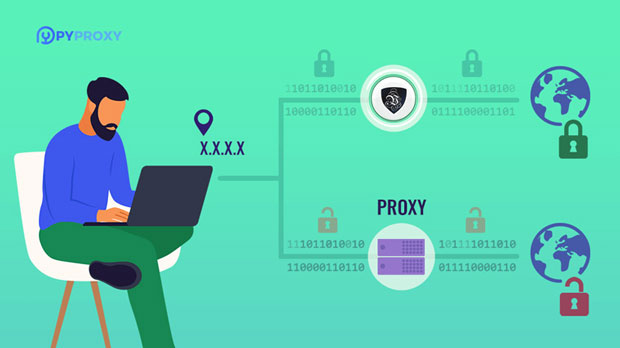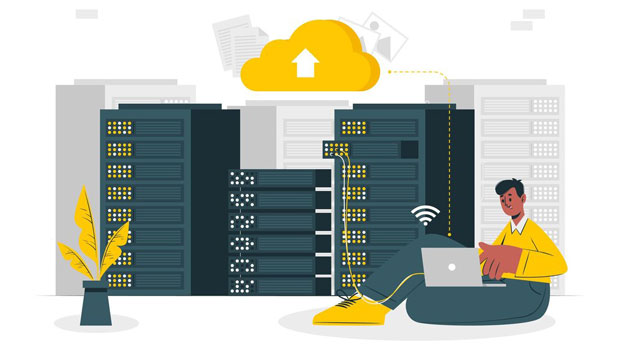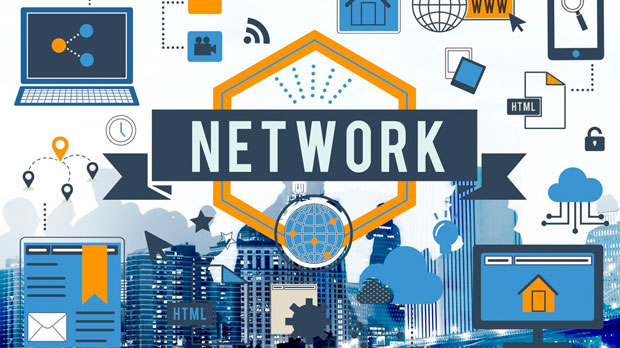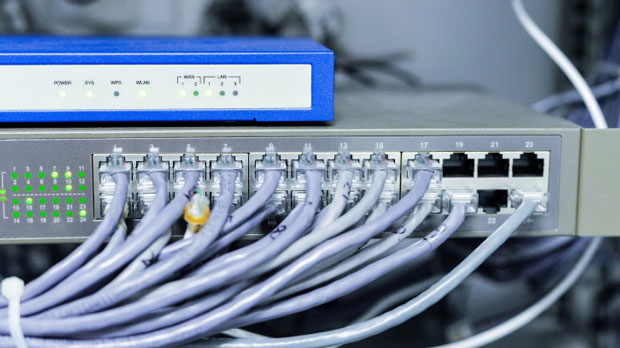The proxy ecosystem has seen significant evolution over the years, with proxies playing a crucial role in managing internet traffic, enhancing privacy, and enabling data scraping. However, one of the most significant challenges that arose with this ecosystem was the introduction of dynamic IP addresses, which constantly change to prevent abuse. This posed a difficulty for proxy services that relied on static IPs to ensure reliable connections. In response, tools like PYPROXY Proxy Checker have been developed to address these challenges, especially the unpredictable nature of dynamic IPs. This article delves into how PyProxy Proxy Checker works and how it efficiently handles the dynamic IP challenge, ensuring the reliability of proxies in the ever-evolving internet environment. Understanding the Proxy Ecosystem and Dynamic IPsThe proxy ecosystem has evolved from simple IP address masking tools to sophisticated systems designed to handle a range of tasks, from enhancing privacy to bypassing geographical restrictions. Initially, proxies relied on static IP addresses, which made it easier to identify and manage proxy connections. However, with the increasing focus on cybersecurity, network administrators began using dynamic IPs. Dynamic IPs change periodically, making it harder for systems to detect and block proxies based on their IP addresses. This shift in IP strategy introduced new challenges for proxy providers.Dynamic IP addresses, though beneficial for security and privacy, create challenges for proxy users, especially when proxies are required for tasks such as web scraping or maintaining anonymity. static proxies, which were once the standard, were no longer suitable as they could easily be blacklisted or blocked. Hence, the need for a solution to handle dynamic IPs became crucial.The Challenge of Dynamic IPs in Proxy ManagementDynamic IP addresses are more secure, but they also complicate the work of proxies, especially when these addresses change rapidly. When a user connects to a service using a dynamic proxy, the IP may change mid-session, which can cause instability in the connection. Websites, especially those with anti-scraping mechanisms, might detect the frequent change in IP addresses and block the connection. This leads to an inefficient browsing experience, especially for users relying on proxy servers for continuous or automated tasks such as data mining or web scraping.Additionally, services that rely on dynamic IPs often face the issue of IP rate-limiting. Since dynamic IPs are constantly rotating, it becomes difficult for websites to distinguish between legitimate users and those engaging in malicious behavior, such as scraping or spamming. These challenges necessitate the development of sophisticated proxy management tools capable of identifying valid IPs, managing the dynamic nature of connections, and ensuring stable and reliable performance.How PyProxy Proxy Checker Addresses the Dynamic IP ChallengePyProxy Proxy Checker is a powerful tool developed to tackle these challenges. It’s designed to handle proxy management in a way that maximizes the efficiency of both dynamic and static IP-based systems. Here are some key features of PyProxy Proxy Checker that make it effective against the dynamic IP challenge:1. Real-Time IP Verification: PyProxy Proxy Checker regularly checks the status of proxy ips in real time. This ensures that the proxy being used is still operational and not blocked by the target server. By verifying the status of dynamic IPs periodically, it helps ensure the smooth operation of web scraping tasks, maintaining uninterrupted connections even when the IP changes.2. Advanced Proxy Rotation Mechanisms: Unlike traditional static proxies, PyProxy Proxy Checker can handle the rotation of dynamic IP addresses with ease. When a proxy IP is rotated, the tool immediately tests the new IP to ensure its validity and functionality. This constant monitoring helps prevent disconnections and minimizes downtime during web scraping or browsing activities.3. Bypassing Detection Systems: One of the biggest issues with dynamic IPs is the risk of detection by anti-bot mechanisms. PyProxy Proxy Checker uses advanced algorithms to detect and bypass these systems. The tool is designed to mimic real user behavior, making it harder for detection algorithms to distinguish between legitimate users and automated bots.4. Scalable and Customizable: PyProxy Proxy Checker is highly customizable, allowing users to tailor the tool to their specific needs. For instance, it can be configured to check for specific types of proxies or to work with particular rotation patterns. This flexibility ensures that users can adapt the tool to various types of proxies and dynamic IP environments, optimizing performance for specific tasks.5. Proxy Health Monitoring: Regular monitoring of proxy health ensures that the tool does not attempt to use proxies that are already blacklisted or blocked. If the tool detects that an IP address is no longer working effectively, it will automatically switch to another available proxy. This proactive approach helps avoid service disruptions, providing a more reliable user experience.Practical Implications for Users and BusinessesFor businesses and individuals who rely on proxies for web scraping, anonymity, or content delivery, the ability to manage dynamic IPs efficiently is vital. PyProxy Proxy Checker provides a solution that minimizes the risks of downtime, IP blacklisting, and connection instability. With real-time monitoring and advanced IP rotation techniques, the tool ensures that users can access websites and services without interruptions, even in dynamic IP environments.This has far-reaching implications for businesses involved in data collection, market research, or content aggregation. It allows them to operate in an automated manner without the fear of detection or bans. Moreover, it improves operational efficiency by reducing the manual intervention typically required to manage proxy connections. As a result, users can focus on their core activities without worrying about IP-related disruptions.Future of Proxy Management and Dynamic IP HandlingThe proxy ecosystem continues to evolve, and with the rise of advanced AI and machine learning, the ability to manage dynamic IPs will become more automated and sophisticated. Tools like PyProxy Proxy Checker are at the forefront of this revolution, and as the demand for proxy solutions grows, so will the capabilities of these tools.In the future, proxy services will likely integrate even more intelligent systems that can predict IP behaviors, preemptively manage IP blacklisting, and further enhance the ability to bypass detection systems. PyProxy Proxy Checker, along with similar tools, will continue to play a pivotal role in shaping the future of the proxy ecosystem.The rise of dynamic IP addresses has posed a significant challenge to the proxy ecosystem. However, with innovative tools like PyProxy Proxy Checker, businesses and individuals can efficiently navigate these challenges. By offering real-time monitoring, advanced proxy rotation, and effective detection avoidance, PyProxy Proxy Checker ensures a reliable and seamless proxy experience, even in the dynamic IP landscape. As the proxy ecosystem continues to evolve, tools like PyProxy will be integral in enabling the next generation of online activities, from data scraping to maintaining user privacy.
Nov 06, 2025



































































